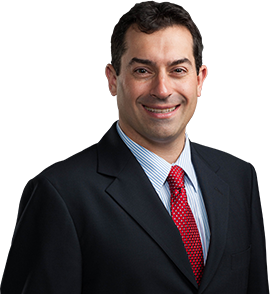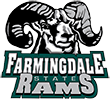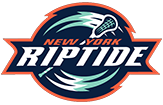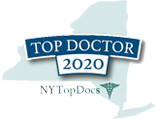Is Sleeping on Your Side Causing Shoulder Pain?
Side sleeping comes with many benefits. It keeps your airways open, which minimizes snoring and sleep apnea symptoms. The potential drawback? You might experience shoulder pain from sleeping on your side because you’re putting weight on one shoulder for several hours.








